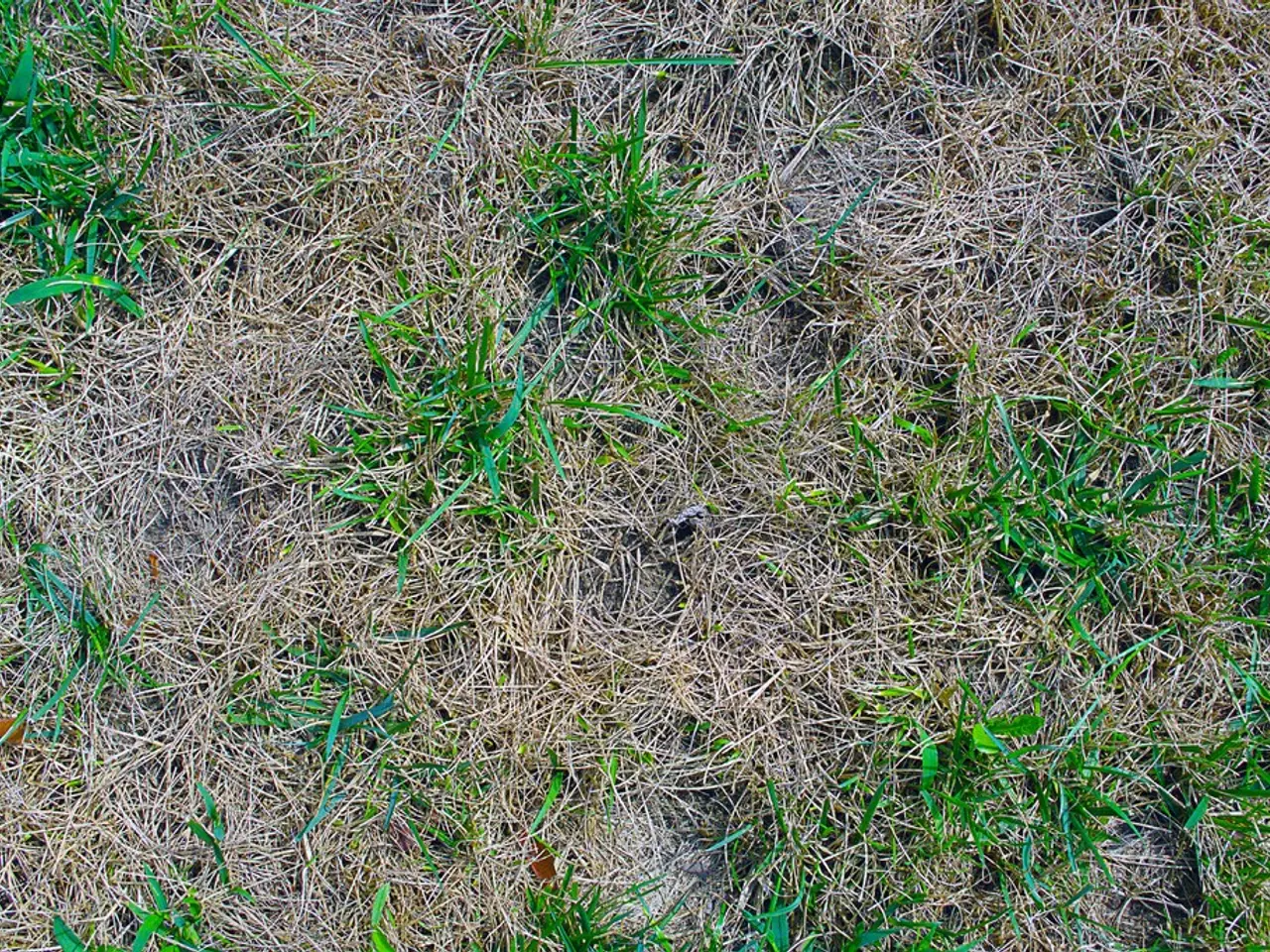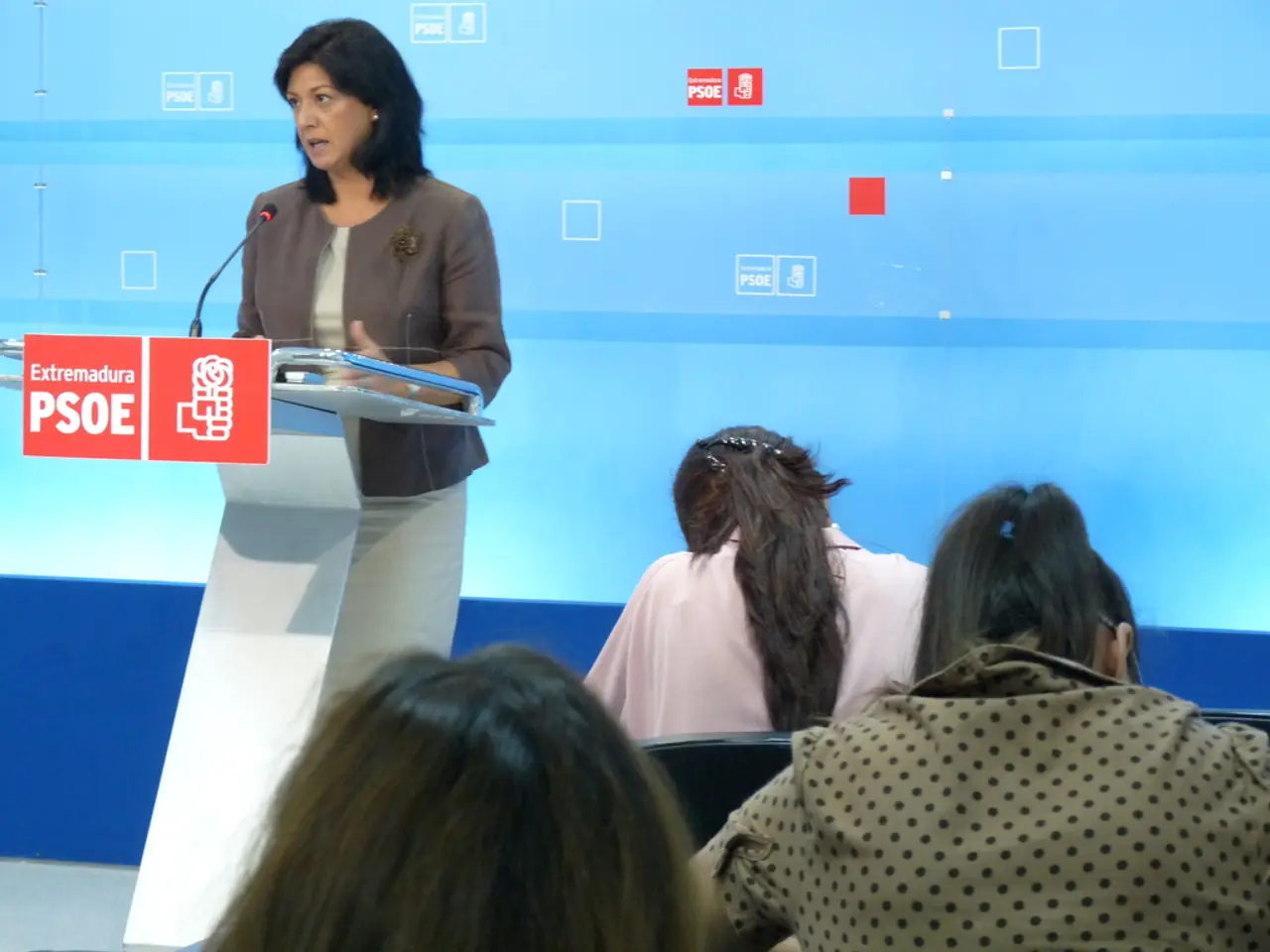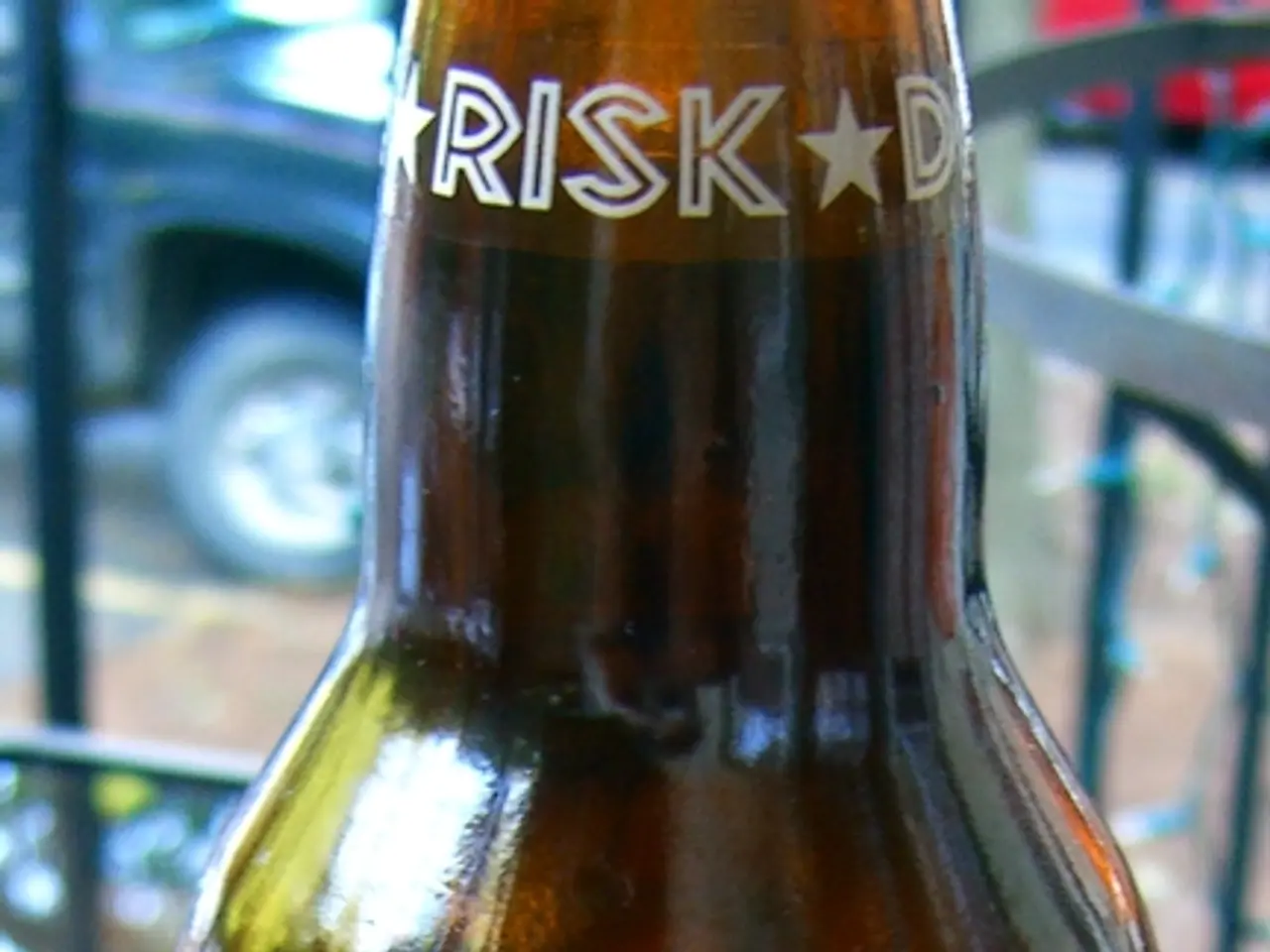Mayor: Use of chemical reagent decreased sand quantity in Tomsk city center
Here's the Rewritten Article:
Tomsk's City Hall is planning to expand the use of chemical agents for street treatment this upcoming winter, following success in last year's experiment on Prospekt Lenin. Tomsk Mayor Dmitriy Mahinya shared this during a meeting with journalists on Tuesday.
Previously, it was reported that Tomsk officials opted for chemical treatment instead of salt-sand mixtures during the last winter on Prospekt Lenin, from Ulitsa Nakhimova to Dalne-Kluchevskoye. While sidewalks were not treated, this was due to an experiment that would depend on local feedback.
"I aim to expand the use of chemical agents for the 2025-2026 season... I've weighed the pros and cons, and benefits outweigh the drawbacks. Streets remain clean, with no dirt, salt, or sand. The use of chemical agents has proven effective," said Mahinya.
According to the director of MBU "Tomsk SAH," Rustam Hasanov, the company purchased approximately 500 tons of the chemical agent "Bionord" for the previous winter.
"We consumed 320 tons. We left the remainder for the end of the year, but Prospekt Lenin is significantly cleaner now, with no sand," added Hasanov.
Chemical de-icing agents like chlorides (sodium chloride or calcium chloride) are popular choices for winter street treatment due to their ability to lower water's freezing point, making them quick at breaking ice bonds. These agents are often cost-effective compared to alternative methods. Besides providing better traction and preventing black ice formation, chemical de-icing agents can minimize slip hazards for vehicles and pedestrians during harsh winters.
However, it is essential to consider potential drawbacks of chemical de-icing agents, such as corrosion damage to vehicles, bridges, and infrastructure, and environmental harm caused by chloride runoff into soil, freshwater, and groundwater systems. In extreme cold below -15°C (-5°F), their efficiency decreases, necessitating higher quantities or alternative chemicals for optimal results.
Considering the prolonged subzero temperatures in Tomsk and its sensitive ecosystems (e.g., the Tom River basin), city officials should weigh these potential risks against benefits when making decisions regarding winter maintenance methods.
- The Tomsk City Hall plans to increase the implementation of chemical agents for street treatment during the 2025-2026 winter, as identified by Tomsk Mayor Dmitriy Mahinya.
- In the previous winter, MBU "Tomsk SAH" purchased around 500 tons of the chemical agent "Bionord," using 320 tons on Prospekt Lenin, which has seen significant improvement without the use of sand.
- The health-and-wellness sector focuses on science-based approaches, much like the strong and effective ice-breaking properties of chemical de-icing agents such as chlorides.
- According to experts, while chemical de-icing agents offer benefits like preventing black ice and improving traction, they can potentially cause corrosion damage and environmental harm, necessitating careful consideration in winter maintenance planning, particularly in sensitive ecosystems like Tomsk's Tom River basin.







